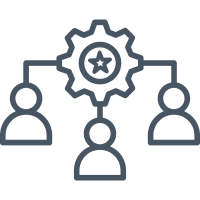Best & Cheap Managed cPanel/WHM VPS Hosting Provider
Nowadays, businesses are demanding a robust solution. That has a combination of power, security, and a cost-effective solution. DedicatedCore offers a preinstalled cPanel/WHM ready VPS server hosting platform to boost your website's performance. This is where cPanel VPS hosting is stealing the spotlight. With its intuitive control panel in the virtualized server environment. That has revolutionized website management for the developer.








